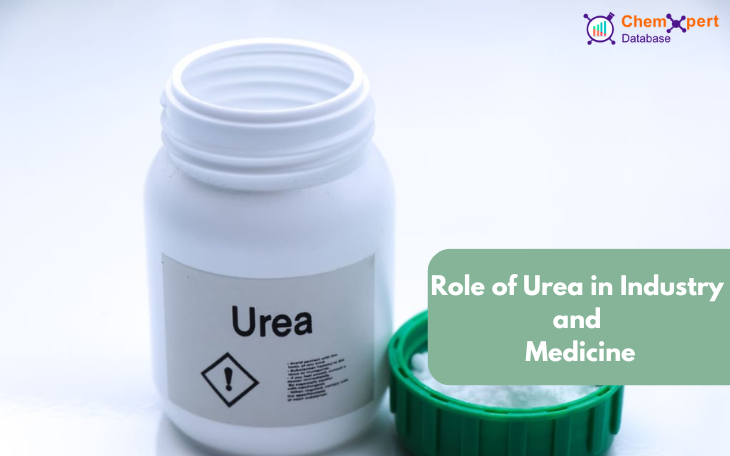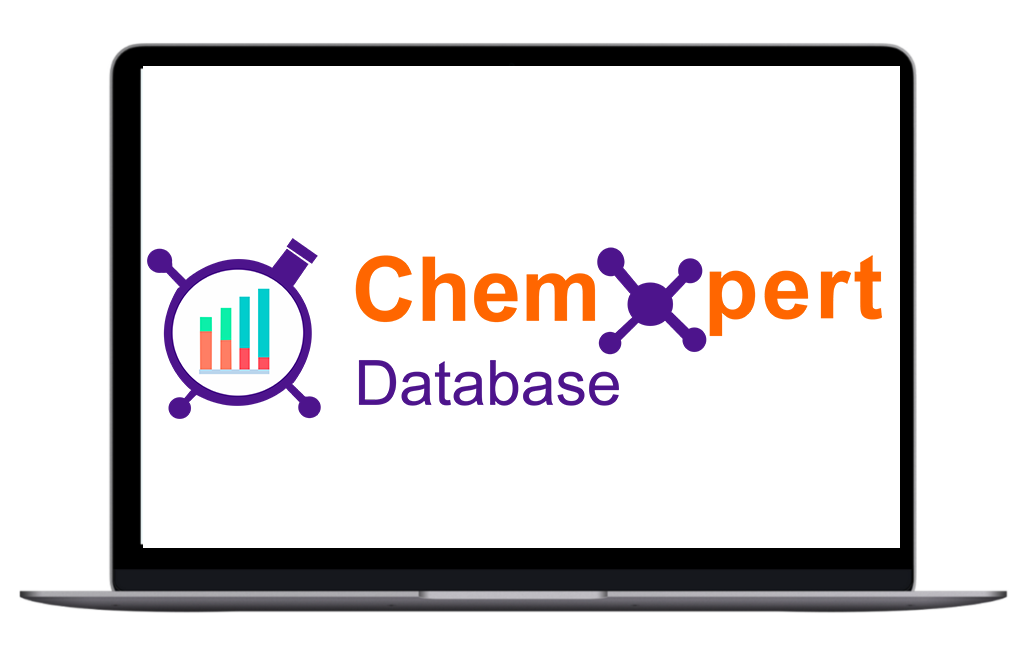
Like many other substances, urea is an ordinary compound – yet its story is rather interesting, starting from the days when it was viewed as a waste product and ending up in widely used products of our everyday life. It has perhaps an even more marked transformational function in almost every sphere of society, from business and industrial via scientific to the medical. This blog is dedicated to the perspectives of using urea and talks through its importance and the figures that define it.
Urea which is also called carbamide is chemical compound found in the group of organic compounds with the chemical formula CO(NH2)2.Urea is widely known as the main alkaline substance containing nitrogen,which has a significant function in the discharge of nitrogen in mammals.
The formation of urea can be considered as one of the first discoveries in the field of chemistry.The first person who chemically created organic compound from inorganic compound was Friedrich Wöhler in 1828.
Agriculture sector is probably the largest consumer of urea today especially in developed countries as a fertilizer. Urea is a nitrogenous fertilizer of immense concentration containing nitrogen in a proportion of approximately 46%. The important of the substance is perceived widely in the boosting of crop production and maintenance of soil fertility. Because of its high nitrogen percentage and reasonable prices, it is recognized as the most demanded type of fertilizer by farmers around the globe.
Other than as a fertilizer, urea is used in several industries as well as a raw material. It has its uses in the synthesis of plastics, resins, and adhesive/composition materials. For example, urea-formaldehyde resins are commonly utilized in application of the particle board and plywood production. Furthermore, urea is used in cars to manufacture diesel exhaust fluid (DEF), that assists in decreasing nitrogen oxide emissions in diesel vehicles.
Production of Plastics: Urea is used in synthesis of urea-formaldehyde resins for uses in making of adhesives, laminates and the molded objects. These resins are mainly preferred because of their high durability, relatively low cost and flexibility.
Some research is being directed toward improving the process of synthesizing Urea and reducing the impacts of the product on the environment. Still, aspects like urine diversion and recycling have been suggested for the purpose of recycling nutrients in the urine back to the farm as fertilizers. Since these practices help in cutting on costs that would have been used in the purchase of raw materials, water and energy, it is evident that they are sustainable.
The Chemxpert database, top global buyer supplier database in India, is an important tool in the life sciences sector. The Chemxpert database may be used for insights on suppliers, buyers, market size, pricing mechanisms and other relevant data for urea. It also provides regulatory information and global market value and other relevant information on urea.
Starting as a waste that was nipped from human excreta, this colorless crystalline substance can now be used in agriculture, manufacturing and even in medicine, propelling it from waste to wonder. Due to its relevance in numerous industries and the continuous developments that have been made, the promotion of further research to fully tap this resource and reduce its negative effects on the environment.

Sick and tired of always wondering if you are being asked to pay the right price for your APIs? This empowers you with the answers you need to make the right decisions in the Global API market.
Chemxpert Database is one of the biggest and most comprehensive directories of pharma and chemicals, manufacturers, suppliers and information. Provided with current information on prices, demand and transactions, it gives you instant feedback on whether you are buying what is right and at the right time.
Start using market intelligence today and allow yourself to be in control in the API market.
Check it out today and make more informed sourcing decisions! Learn More!